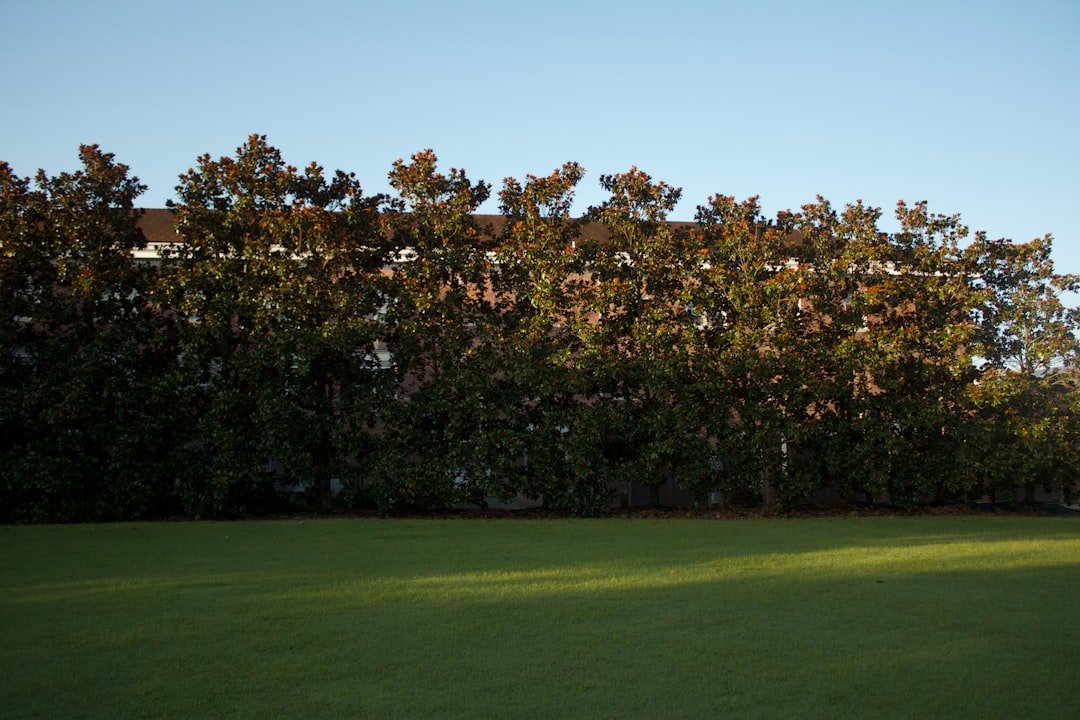
Staying active through regular physical activity plays a vital role in our youth and grows even more critical as we enter later stages of life. Physical fitness stands out as a key driver in extending lifespan, particularly for those in good health. As an older adult, the goal isn’t just to lengthen your days but to ensure those extra years are filled with vitality and enjoyment. Engaging in low-risk workouts emerges as a cornerstone strategy to achieve this balance.
Regular participation in exercise yields significant advantages for both body and mind. Physically, it supports weight management, muscle development, and a stronger immune response against long-term conditions, while also enhancing coordination, range of motion, and stability. Mentally, individuals often experience uplifted emotions, improved rest, and sharper cognitive abilities, which can help ward off forgetfulness and mitigate age-related mental decline. Research from health organizations highlights that consistent routines may reduce the risk of dementia by up to 30%, underscoring the profound impact on overall well-being.
While barriers to exercise are common and well-understood, such as time constraints or health concerns, the focus here is on integrating safe, effective routines into daily life. Before starting any new regimen, it’s essential to assess your physical readiness, perhaps through a check-up with a healthcare provider. Many seniors thrive when guided by fitness experts, who can tailor programs to individual needs and minimize potential risks.
Cardio and Stamina-Building Activities
Activities that boost endurance elevate your breathing and heart rate, leading to improved stamina over time, higher energy reserves, a more efficient metabolism, and reduced chances of cardiovascular issues. According to guidelines from major health bodies, aiming for at least 150 minutes of these activities weekly can dramatically enhance heart health and daily functioning.
Examples include swimming, brisk walking, cycling, or other aerobic exercises that keep you moving. A balanced weekly plan might look like this, allowing for rest and gradual progression:
- Two sessions of 15-minute brisk walks, scheduled twice a week to build foundational endurance.
- One 30-minute outing for swimming or cycling to vary intensity and engage different muscle groups.
- A single 30-minute walk, or split it into two 15-minute segments, once a week for flexibility.
- One 30-minute session combining swimming and walking to maintain variety and full-body benefits.
This approach aligns with recommendations from the Centers for Disease Control and Prevention, emphasizing at least three active days per week with built-in recovery periods. For newcomers to walking, begin with short, steady sessions of 2 to 5 minutes, gradually increasing to 30 minutes, three or four times weekly. Seniors with stability challenges should start on even ground before advancing to uneven terrain, and incorporating options like a three-wheeled tricycle can add safety and enjoyment to the routine.
Flexibility and Range-of-Motion Exercises
In our earlier years, we often overlook the ease of simple motions that become challenging with age, like bending to tie shoes or turning to check behind us. Consistent flexibility training can restore this freedom, easing back discomfort, improving posture, and alleviating joint issues such as knee arthritis. Background data shows that nearly 50% of seniors experience joint pain, making targeted exercises crucial for maintaining independence.
Knee discomfort is prevalent among older individuals, and addressing it involves gentle, low-impact routines that fortify the surrounding muscles, providing better joint support and shock absorption. Effective options include leg lifts in various directions or wall-based squats, which build strength without excessive strain. For a more demanding workout, indoor rowing offers a comprehensive option, engaging nearly every muscle group from the shoulders and arms to the legs and core, promoting balanced effort and endurance.
These exercises can mirror everyday tasks, such as reaching for an object on a high shelf or lifting a package, helping to make daily activities smoother. Focus on completing several sets, holding each stretch for 20 to 30 seconds to maximize benefits and prevent injury, while always prioritizing proper form.
Building Muscle and Resistance Training
Including resistance-based workouts, such as using weights, bands, or just your own body weight, not only increases strength but also plays a critical role in preventing bone breaks, a frequent concern due to age-related density loss. Studies indicate that by age 70, many people lose about 25% of their muscle mass, making these exercises essential for maintaining functionality and reducing fracture risks through enhanced muscle support.
By incorporating such training, you can counteract some of this natural decline, adapting the intensity to your current age, build, and physical condition—ensuring it’s challenging yet safe, unlike more vigorous programs designed for younger adults.
Stability and Fall-Prevention Routines
For older adults and their families, the threat of falls is a serious issue, with statistics revealing that over one-third of people aged 65 and older suffer injuries from such incidents annually, often stemming from diminished balance. While not every fall results in severe harm, the potential for complications makes preserving stability a priority as we age.
Factors like declining vision or medication side effects can exacerbate instability, but most balance exercises require minimal equipment—perhaps just a stable chair for support. Simple routines might involve standing on one leg briefly, walking with heel-to-toe contact, or performing leg raises in different directions. To see real improvements, incorporate these into repeated sets, aiming for three to four sessions per week, and track progress over time for motivation.
Though it might seem like a familiar adage, the truth is that age is no barrier to embracing new habits. Even if physical activity wasn’t a priority in your younger days, adopting it now can streamline your routine, boost your spirits through endorphin release, and enhance your overall quality of life. Starting with small, manageable steps can lead to lasting, positive changes.
Related Useful resource: https://www.fanmisenior.com/cell-phones-for-seniors/
